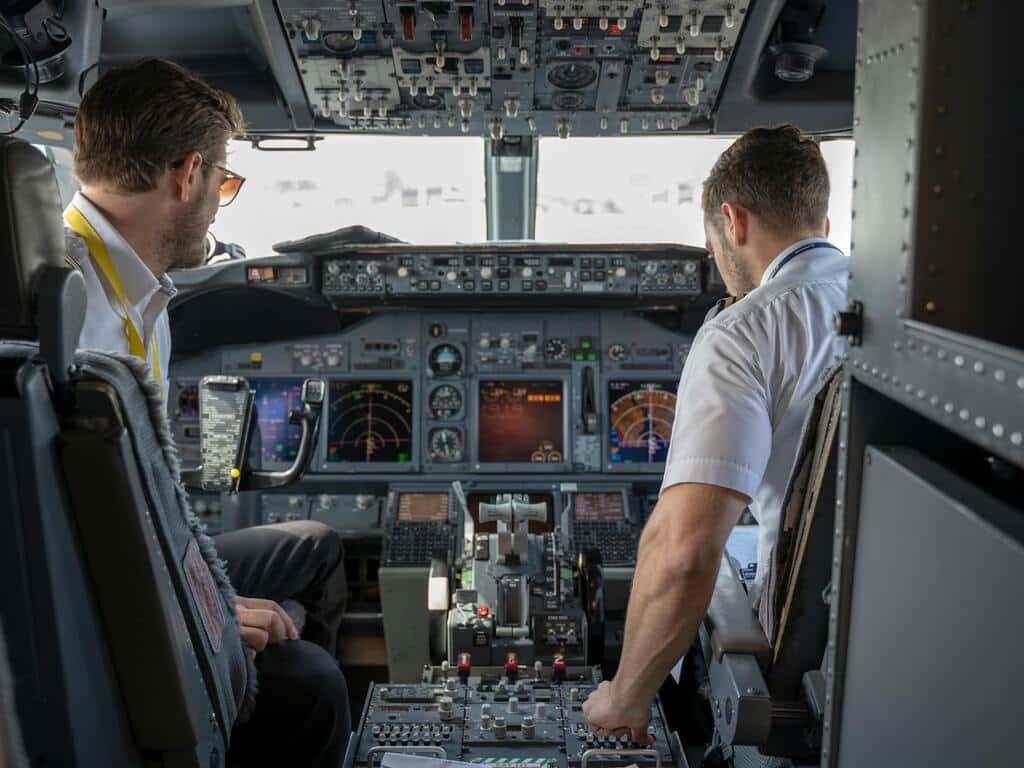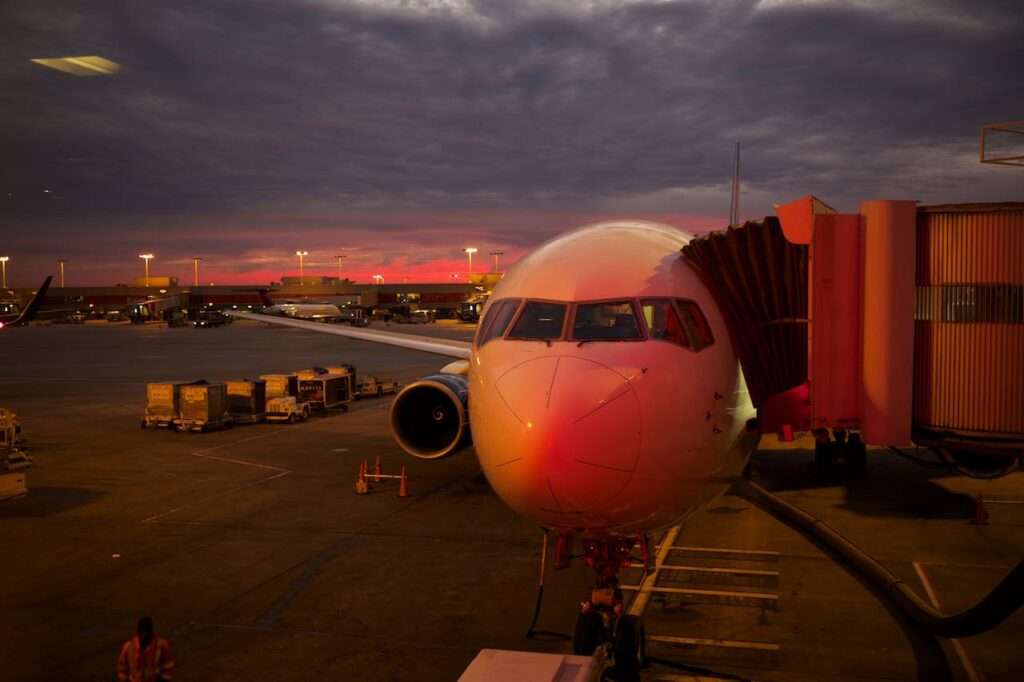The allure of flight, and the opportunity to pilot a sophisticated jet aircraft has long captivated scores of aspiring aviators.
However, the global aviation industry currently faces a harsh reality: a continuing pilot shortage threatening to disrupt air travel and hinder future growth.
So what exactly has happened? We look into the key factors driving this shortage, its potential consequences, and the ongoing efforts to navigate these turbulent skies.
A Perfect Storm: Causes of the Pilot Shortage
The pilot shortage can be attributed to a convergence of several factors. Firstly, a significant portion of the current pilot workforce is nearing retirement age.
Decades of steady growth in the aviation industry led to a corresponding rise in pilot recruitment. However, many of these pilots are now approaching mandatory retirement age, creating a significant gap in experience and expertise.
Secondly, the COVID-19 pandemic significantly impacted pilot training programs. Travel restrictions and lockdowns disrupted flight schools and simulator training, delaying the influx of new pilots into the industry.

Additionally, some experienced pilots chose early retirement or career changes due to the uncertainty surrounding the pandemic’s impact on travel.
As air travel rebounded aggressively after the pandemic, projections forecast that demand for pilots would outstrip supply by 2024. This situation is now expected to worsen over the coming decade.
Furthermore, the financial aspects of becoming a pilot can be a significant barrier to entry. Flight training programs are notoriously expensive.
Pilots often start their careers on lower salaries at regional airlines before progressing to major carriers. This financial burden can deter potential candidates, particularly in today’s economic climate.

Consequences of a Shrinking Cockpit Crew
The ramifications of the pilot shortage are multifaceted and potentially disruptive. Airlines may be forced to cancel flights or reduce schedules due to a lack of qualified personnel.
This can lead to frustration and inconvenience for passengers, impacting business travel and leisure plans.
Moreover, rising competition for a limited pool of pilots could lead to increased salary demands and lucrative signing bonuses for experienced aviators.
While this may benefit pilots, it could ultimately translate to higher ticket prices for passengers, potentially hindering the affordability and accessibility of air travel.
The pilot shortage also raises concerns for regional airlines, which often serve as stepping stones for pilots to progress to larger carriers.
With a limited supply of new pilots entering the workforce, regional airlines may struggle to maintain their operations, potentially impacting connectivity and service to smaller communities.

Charting a Course for Recovery
The aviation industry is actively seeking solutions to mitigate the pilot shortage. Airlines are implementing various strategies, including:
- Enhanced Training Programs: Streamlining pilot training programs and potentially incorporating simulator-based learning to expedite the process without compromising on quality.
- Financial Incentives: Offering scholarships, loan repayment programs, and competitive salaries to attract new talent and incentivize experienced pilots to remain in the workforce.
- Diversity Initiatives: Encouraging women and minorities to pursue pilot careers by addressing unconscious bias and promoting role models within the industry.

Additionally, collaboration between airlines, flight schools, and government agencies is crucial in developing a long-term strategy to address the pilot shortage.
This might involve creating standardized training pathways, advocating for policy changes that make pilot careers more financially viable, and promoting the aviation industry as an attractive and rewarding career option.
Bumpy Ride Ahead, But a Clear Path Forward
The global pilot shortage continues to present a significant challenge to the aviation industry.
However, through proactive strategies, collaboration, and a renewed focus on attracting and retaining talent, the industry can navigate this turbulence.
By ensuring a steady pipeline of qualified pilots, the skies can remain friendly for both passengers and the dedicated professionals who keep them aloft.

Click the banner to subscribe to our weekly newsleter.

Click the photo to join our WhatsApp channel so then you can stay up to date with everything going on in the aviation industry!







